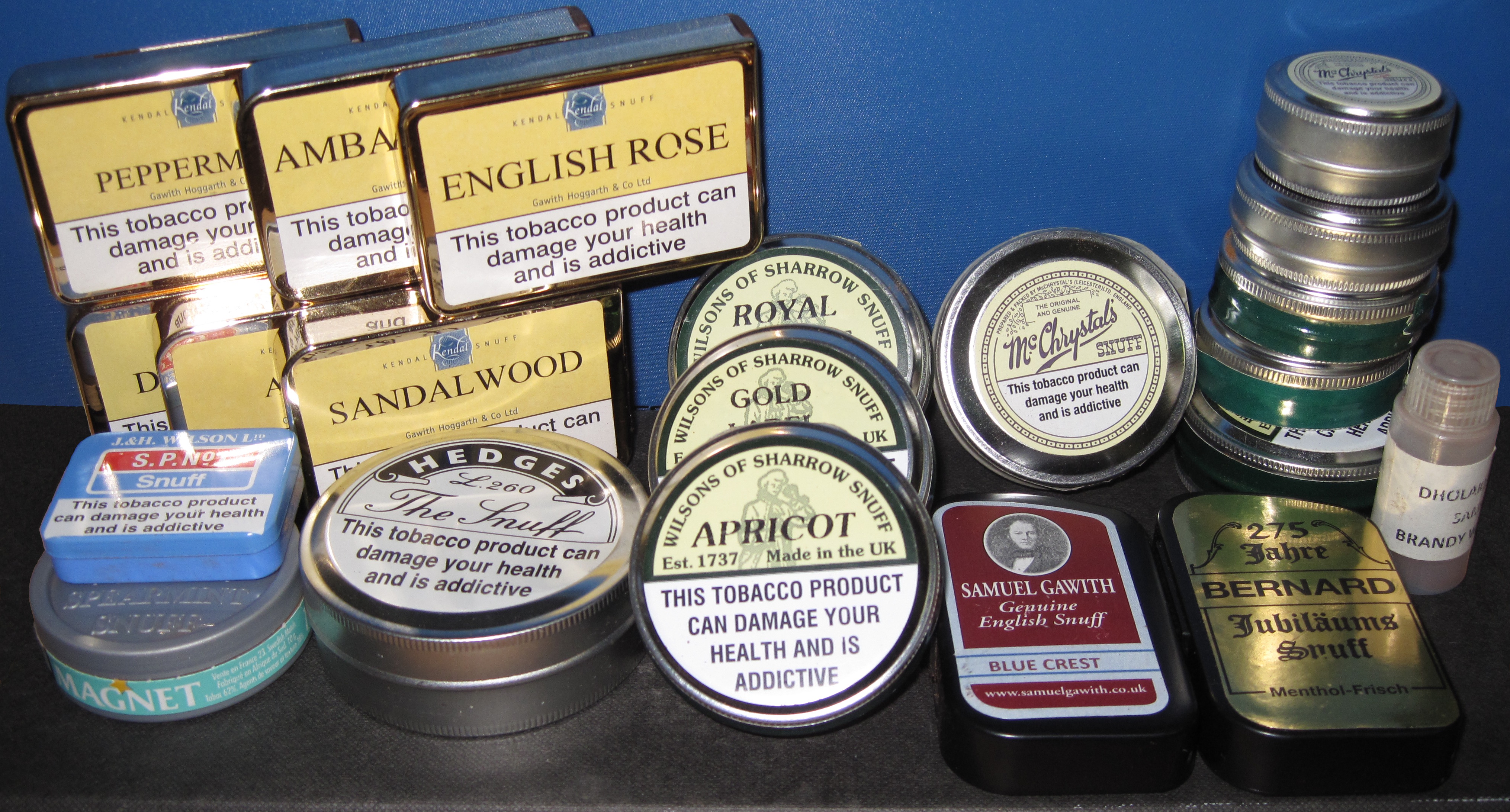|
Undulambia Arnoulalis
''Undulambia arnoulalis'' is a moth in the family Crambidae described by William Schaus in 1925. It is found in Mexico. The wingspan is about 18 mm. The wings are thickly suffused with mikado Mikado may refer to: * Emperor of Japan or Arts and entertainment * ''The Mikado'', an 1885 comic opera by Gilbert and Sullivan * ''The Mikado'' (1939 film), an adaptation of the opera, directed by Victor Schertzinger * ''The Mikado'' (1967 f ... and snuff brown. References Moths described in 1925 Musotiminae {{Musotiminae-stub ... [...More Info...] [...Related Items...] OR: [Wikipedia] [Google] [Baidu] |
Animalia
Animals are multicellular, eukaryotic organisms in the biological kingdom Animalia. With few exceptions, animals consume organic material, breathe oxygen, are able to move, can reproduce sexually, and go through an ontogenetic stage in which their body consists of a hollow sphere of cells, the blastula, during embryonic development. Over 1.5 million living animal species have been described—of which around 1 million are insects—but it has been estimated there are over 7 million animal species in total. Animals range in length from to . They have complex interactions with each other and their environments, forming intricate food webs. The scientific study of animals is known as zoology. Most living animal species are in Bilateria, a clade whose members have a bilaterally symmetric body plan. The Bilateria include the protostomes, containing animals such as nematodes, arthropods, flatworms, annelids and molluscs, and the deuterostomes, containing the echinode ... [...More Info...] [...Related Items...] OR: [Wikipedia] [Google] [Baidu] |
Arthropoda
Arthropods (, (gen. ποδός)) are invertebrate animals with an exoskeleton, a Segmentation (biology), segmented body, and paired jointed appendages. Arthropods form the phylum Arthropoda. They are distinguished by their jointed limbs and Arthropod cuticle, cuticle made of chitin, often Mineralization (biology), mineralised with calcium carbonate. The arthropod body plan consists of segments, each with a pair of appendages. Arthropods are bilaterally symmetrical and their body possesses an exoskeleton, external skeleton. In order to keep growing, they must go through stages of moulting, a process by which they shed their exoskeleton to reveal a new one. Some species have wings. They are an extremely diverse group, with up to 10 million species. The haemocoel, an arthropod's internal cavity, through which its haemolymph – analogue of blood – circulates, accommodates its interior Organ (anatomy), organs; it has an open circulatory system. Like their exteriors, the internal or ... [...More Info...] [...Related Items...] OR: [Wikipedia] [Google] [Baidu] |
Insecta
Insects (from Latin ') are pancrustacean hexapod invertebrates of the class Insecta. They are the largest group within the arthropod phylum. Insects have a chitinous exoskeleton, a three-part body ( head, thorax and abdomen), three pairs of jointed legs, compound eyes and one pair of antennae. Their blood is not totally contained in vessels; some circulates in an open cavity known as the haemocoel. Insects are the most diverse group of animals; they include more than a million described species and represent more than half of all known living organisms. The total number of extant species is estimated at between six and ten million; In: potentially over 90% of the animal life forms on Earth are insects. Insects may be found in nearly all environments, although only a small number of species reside in the oceans, which are dominated by another arthropod group, crustaceans, which recent research has indicated insects are nested within. Nearly all insects hatch from eggs. I ... [...More Info...] [...Related Items...] OR: [Wikipedia] [Google] [Baidu] |
Lepidoptera
Lepidoptera ( ) is an order (biology), order of insects that includes butterfly, butterflies and moths (both are called lepidopterans). About 180,000 species of the Lepidoptera are described, in 126 Family (biology), families and 46 Taxonomic rank, superfamilies, 10 percent of the total described species of living organisms. It is one of the most widespread and widely recognizable insect orders in the world. The Lepidoptera show many variations of the basic body structure that have evolved to gain advantages in lifestyle and distribution. Recent estimates suggest the order may have more species than earlier thought, and is among the four most wikt:speciose, speciose orders, along with the Hymenoptera, fly, Diptera, and beetle, Coleoptera. Lepidopteran species are characterized by more than three derived features. The most apparent is the presence of scale (anatomy), scales that cover the torso, bodies, wings, and a proboscis. The scales are modified, flattened "hairs", and give ... [...More Info...] [...Related Items...] OR: [Wikipedia] [Google] [Baidu] |
Crambidae
The Crambidae are the grass moth family of lepidopterans. They are variable in appearance, the nominal subfamily Crambinae (grass moths) taking up closely folded postures on grass stems where they are inconspicuous, while other subfamilies include brightly coloured and patterned insects which rest in wing-spread attitudes. In many classifications, the Crambidae have been treated as a subfamily of the Pyralidae or snout-moths. The principal difference is a structure in the tympanal organs called the praecinctorium, which joins two tympanic membranes in the Crambidae, and is absent from the Pyralidae. The latest review by Munroe and Solis, in Kristensen (1999), retains the Crambidae as a full family. The family currently comprises 15 subfamilies with altogether 10,347 species in over 1,000 genera. Systematics *subfamilia incertae sedis **''Conotalis'' Hampson, 1919 **''Exsilirarcha'' Salmon & Bradley, 1956 *Subfamily Acentropinae Stephens, 1836 *Subfamily Crambinae Latreille, ... [...More Info...] [...Related Items...] OR: [Wikipedia] [Google] [Baidu] |
Undulambia
''Undulambia'' is a genus of moths of the family Crambidae. Species *''Undulambia albitessellalis'' *''Undulambia arnoulalis'' *''Undulambia asaphalis'' *''Undulambia cantiusalis'' (Schaus, 1924) *''Undulambia cymialis'' (Hampson, 1907) *''Undulambia dendalis'' *''Undulambia electrale'' (Dyar, 1914) *''Undulambia flavicostalis'' *''Undulambia fovecosta'' *''Undulambia fulvicolor'' *''Undulambia fulvitinctalis'' (Hampson, 1897) *''Undulambia grisealis'' (Hampson, 1906) *''Undulambia hemigrammalis'' *''Undulambia intortalis'' *''Undulambia jonesalis'' *''Undulambia leucocymalis'' (Hampson, 1906) *''Undulambia leucostictalis'' *''Undulambia lindbladi'' B. Landry in Landry & Roque-Albelo, 2006 *''Undulambia marconalis'' *''Undulambia niveiplagalis'' (Hampson, 1917) *''Undulambia oedizonalis'' (Hampson, 1906) *''Undulambia perornatalis'' (Schaus, 1912) *''Undulambia phaeochroalis'' (Hampson, 1906) *''Undulambia polystichalis'' *''Undulambia rarissima'' Munroe, 1972 *''Undulambia semilu ... [...More Info...] [...Related Items...] OR: [Wikipedia] [Google] [Baidu] |
William Schaus
William Schaus (January 11, 1858 in New York City – June 20, 1942) was an American Entomology, entomologist who became known for his major contribution to the knowledge and description of new species of the Neotropical realm, Neotropical Lepidoptera. Life William Schaus, Jr. was son of Wilhelm, later William Schaus, Sr. (1820–1892), a Germany, German-immigrant art collector and dealer, proprietor of the Schaus Galleries in New York City, and of Margaret Connover. He was educated initially at Phillips Exeter Academy, Exeter Academy and then in France and Germany, and was influenced early in his career by Henry Edwards (entomologist), Henry Edwards, although he also studied languages, art and music. Schaus received the honorary degree of Master of Arts from the University of Wisconsin–Madison, University of Wisconsin in 1921, and in 1925 that of honorary Doctor of Science from the University of Pittsburgh. He decided, despite parental opposition, and at the sacrifice of a prom ... [...More Info...] [...Related Items...] OR: [Wikipedia] [Google] [Baidu] |
Moth
Moths are a paraphyletic group of insects that includes all members of the order Lepidoptera that are not butterflies, with moths making up the vast majority of the order. There are thought to be approximately 160,000 species of moth, many of which have yet to be described. Most species of moth are nocturnal, but there are also crepuscular and diurnal species. Differences between butterflies and moths While the butterflies form a monophyletic group, the moths, comprising the rest of the Lepidoptera, do not. Many attempts have been made to group the superfamilies of the Lepidoptera into natural groups, most of which fail because one of the two groups is not monophyletic: Microlepidoptera and Macrolepidoptera, Heterocera and Rhopalocera, Jugatae and Frenatae, Monotrysia and Ditrysia.Scoble, MJ 1995. The Lepidoptera: Form, function and diversity. Oxford, UK: Oxford University Press; 404 p. Although the rules for distinguishing moths from butterflies are not well establishe ... [...More Info...] [...Related Items...] OR: [Wikipedia] [Google] [Baidu] |
Mexico
Mexico (Spanish: México), officially the United Mexican States, is a country in the southern portion of North America. It is bordered to the north by the United States; to the south and west by the Pacific Ocean; to the southeast by Guatemala, Belize, and the Caribbean Sea; and to the east by the Gulf of Mexico. Mexico covers ,Mexico ''''. . making it the world's 13th-largest country by are ... [...More Info...] [...Related Items...] OR: [Wikipedia] [Google] [Baidu] |
Wingspan
The wingspan (or just span) of a bird or an airplane is the distance from one wingtip to the other wingtip. For example, the Boeing 777–200 has a wingspan of , and a wandering albatross (''Diomedea exulans'') caught in 1965 had a wingspan of , the official record for a living bird. The term wingspan, more technically extent, is also used for other winged animals such as pterosaurs, bats, insects, etc., and other aircraft such as ornithopters. In humans, the term wingspan also refers to the arm span, which is distance between the length from one end of an individual's arms (measured at the fingertips) to the other when raised parallel to the ground at shoulder height at a 90º angle. Former professional basketball player Manute Bol stood at and owned one of the largest wingspans at . Wingspan of aircraft The wingspan of an aircraft is always measured in a straight line, from wingtip to wingtip, independently of wing shape or sweep. Implications for aircraft design and anima ... [...More Info...] [...Related Items...] OR: [Wikipedia] [Google] [Baidu] |
Mikado Yellow
Mikado yellow is a shade of yellow. The color is displayed at right. It is one of the colors of the national flags of Colombia and Kazakhstan. It was also once used for Lincoln automobiles, and is the name of various dyes and colorings. See also * List of colors These are the lists of colors; * List of colors: A–F * List of colors: G–M * List of colors: N–Z * List of colors (compact) * List of colors by shade * List of color palettes * List of Crayola crayon colors * List of RAL colors * List ... References Shades of yellow {{color-stub ... [...More Info...] [...Related Items...] OR: [Wikipedia] [Google] [Baidu] |
Snuff (tobacco)
Snuff is a smokeless tobacco made from finely ground or pulverized tobacco leaves. The Old Snuff House of Fribourg & Treyer at the Sign of the Rasp & Crown, No.34 James's Haymarket, London, S.W., 1720, 1920. Author: George Evens and Fribourg & Treyer. Publisher: Nabu Press, London, England. Reproduced 5 August 2010, It is inhaled or "sniffed" (alternatively sometimes written as "snuffed") into the nasal cavity, delivering a swift hit of nicotine and a lasting flavored scent (especially if flavoring has been blended with the tobacco). Traditionally, it is sniffed or inhaled lightly after a pinch of snuff is either placed onto the back surface of the hand, held pinched between thumb and index finger, or held by a specially made "snuffing" device. Snuff originated in the Americas and was in common use in Europe by the 17th century. Traditional snuff production consists of a lengthy, multi-step process, in tobacco snuff mills. The selected tobacco leaves are first subject to spe ... [...More Info...] [...Related Items...] OR: [Wikipedia] [Google] [Baidu] |






